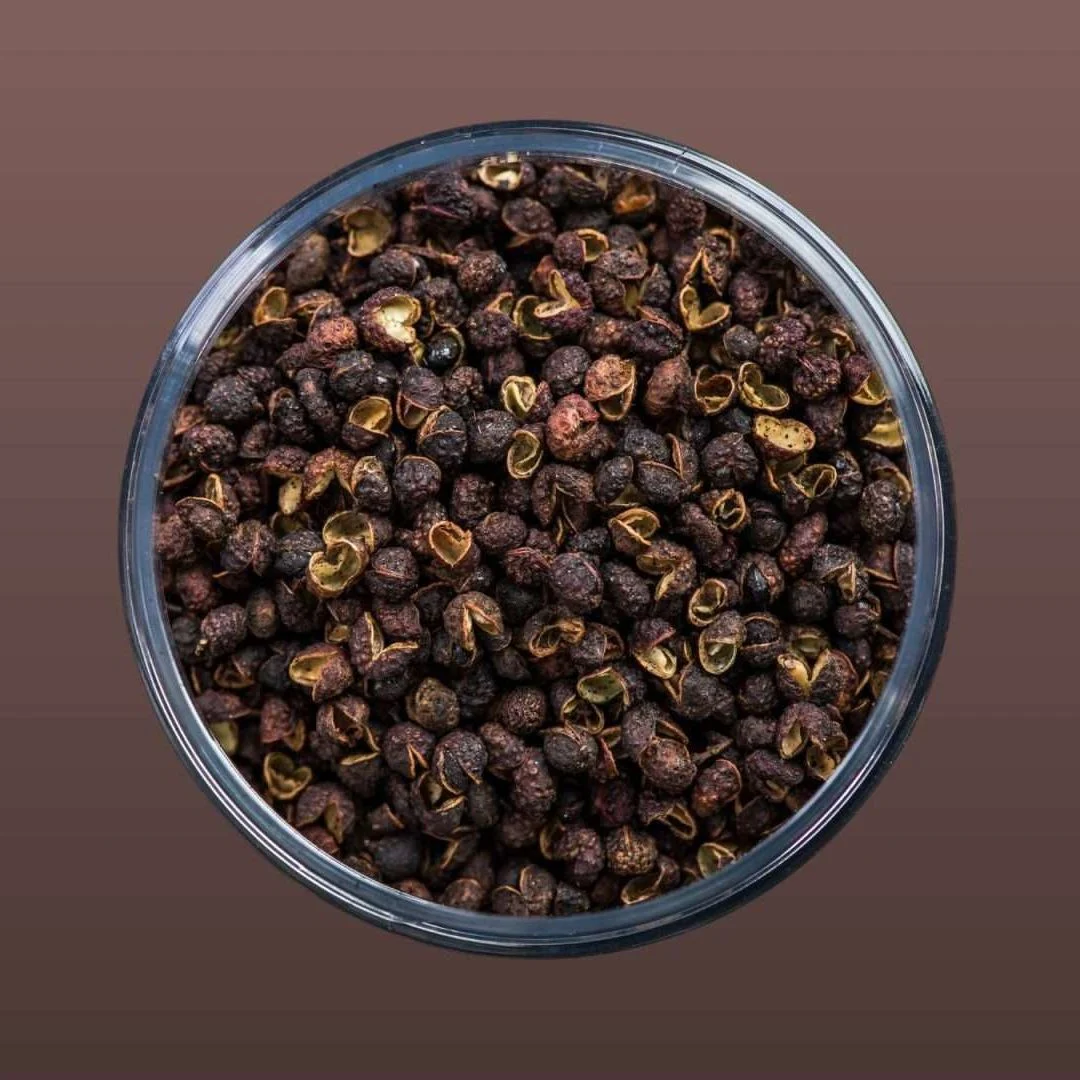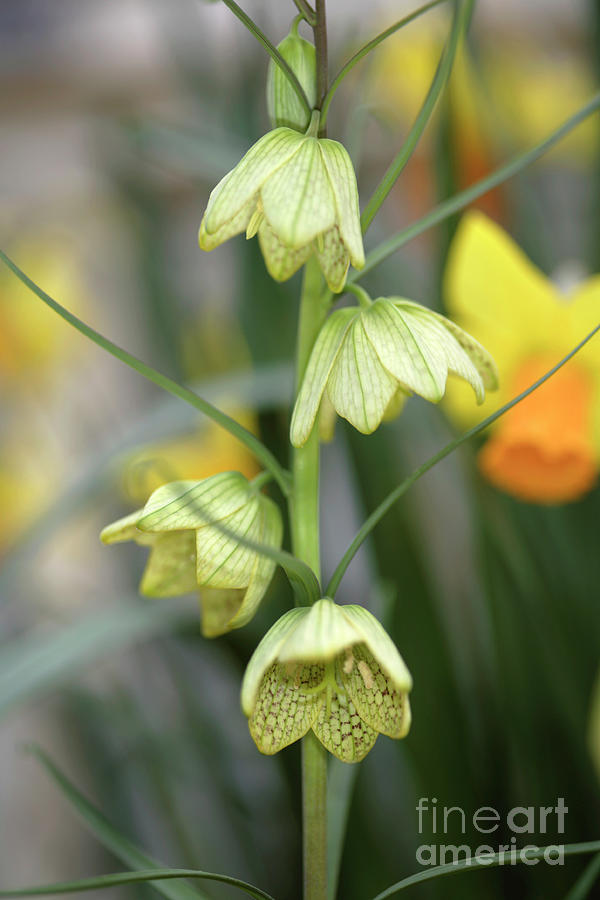Share this Article
Introduction
Tori Tel, also known as mustard oil, is a staple in South Asian households, particularly in Nepal, India, and Bangladesh. Extracted from the seeds of the mustard plant (Brassica juncea), this oil has been integral to the culinary, medicinal, and cultural practices of the region for centuries. Its distinct pungent aroma and flavor distinguish it from other vegetable oils, making it a preferred choice for cooking and therapeutic applications.
Culinary Uses
In Nepali cuisine, Tori Tel is indispensable. It is used for frying, sautéing, and as a base for pickles. Dishes like Sanya Khuna, a gelatinous curry made from dried fish, are prepared using mustard oil, imparting a unique flavor and texture . The oil's high smoking point makes it suitable for deep frying, while its pungency enhances the taste of various dishes.
Medicinal Properties
Mustard oil is lauded for its numerous health benefits:
- Cardiovascular Health: Rich in monounsaturated and polyunsaturated fatty acids, mustard oil can help reduce bad cholesterol levels (LDL) and increase good cholesterol levels (HDL), contributing to overall heart health
- Anti-Inflammatory Effects: Compounds such as omega-3 fatty acids and selenium in mustard oil exhibit anti-inflammatory properties, which may help reduce inflammation in the body and alleviate symptoms associated with inflammatory conditions .
- Skin Care: Topical application of mustard oil can improve blood circulation and provide relief from dry and chapped skin. It also contains vitamin E, known for its antioxidant properties and skin-nourishing effects
- Respiratory Health: Inhaling steam infused with warm mustard oil can help clear congestion and relieve respiratory symptoms associated with colds, coughs, and sinusitis .
- Joint and Muscle Pain: Massaging warm mustard oil onto arthritic or painful joints can help reduce inflammation and improve mobility .
- Hair Care: Mustard oil is rich in minerals, vitamins, and fatty acids that may promote hair health. Massaging the scalp with mustard oil is thought to stimulate blood circulation, strengthen hair, and reduce hair fall.
- Mustard oil is believed to stimulate appetite and improve digestion by promoting the production of digestive enzymes. It may also help in flushing out toxins from the body, contributing to overall digestive health.
Cultural Significance
In Nepal, mustard oil holds cultural importance, especially among the Newar community. During festivals like Dashain, mustard oil is applied to the forehead as part of the tika ceremony, believed to ward off evil spirits and bring blessings. Additionally, the practice of lighting "Lakh Batti" (100,000 lamps) during religious ceremonies often involves the use of mustard oil, symbolizing purity and auspiciousness .
Varieties and Production
Nepal produces various types of mustard oil:
- Cold-Pressed Mustard Oil: Extracted without heat, retaining most of its natural properties.
- Roasted Mustard Oil (Bhuteko Tori Tel): Produced by roasting mustard seeds before pressing, resulting in a milder flavor.
Traditional mills, such as those in Khokana, continue to produce mustard oil using age-old methods, ensuring quality and authenticity.
Production and Heritage
Nepal's mustard oil production is a blend of tradition and modernity:
- Traditional Mills: In places like Khokana, traditional wooden presses are used to extract oil, preserving cultural heritage .
- Modern Bottling: Processed and packaged for local and international markets, ensuring quality and authenticity.
Traditional Method of Mustard Oil Preparation
In regions like Khokana, a village in the Kathmandu Valley, the traditional method of mustard oil preparation has been practiced for centuries. This process is labor-intensive and involves the following steps:
- Seed Collection and Cleaning: Mustard seeds are harvested and cleaned to remove impurities like dust and stones.
- Roasting: The cleaned seeds are roasted over an open flame to enhance the oil's flavor.
- Crushing: The roasted seeds are placed in a pouch made of cloth and positioned between two horizontal beams. Heavy wooden beams are then pushed together to crush the seeds, allowing the oil to seep out.
- Oil Collection: The extracted oil is collected in a large bowl placed beneath the pouch.
- Straining and Settling: The oil is strained to remove any remaining seed particles and allowed to settle, ensuring clarity.
- Storage: The filtered oil is stored in clean containers, ready for use.
This traditional method is still practiced in Khokana, where the community values the authenticity and quality of the oil produced. Despite challenges such as financial losses and declining interest among the younger generation, efforts are being made to preserve this heritage.
Conclusion
Tori Tel is more than just a cooking medium; it is a multifaceted oil that plays a crucial role in the culinary, medicinal, and cultural practices of Nepal. Its diverse applications and benefits underscore its significance in the daily lives of people in the region. As with any oil, it's essential to use mustard oil in moderation to reap its benefits while maintaining a balanced diet.
Categories:
Medicinal Plants of Nepal
Tags:
ToriTelNepal







